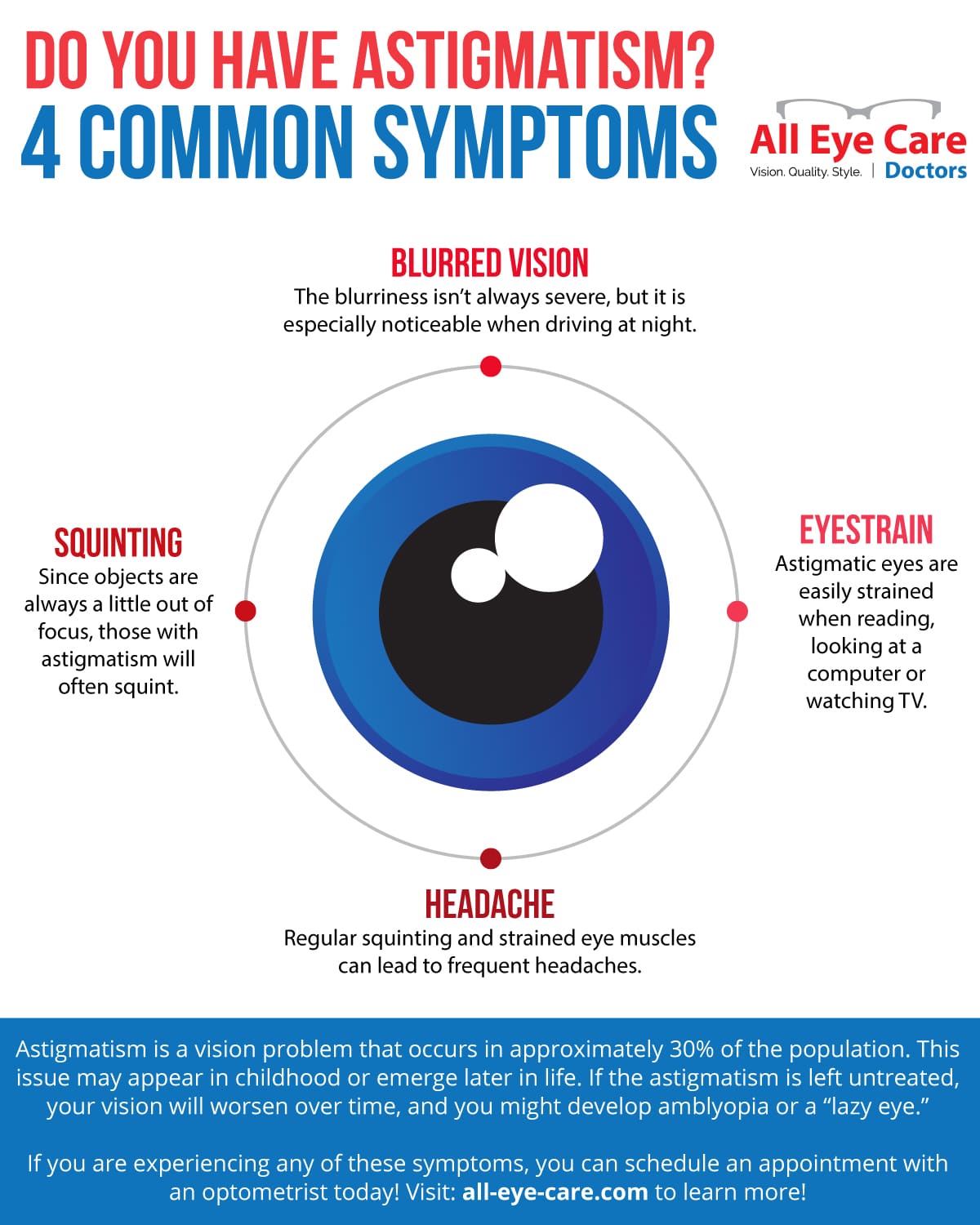Reviewing Cataract Surgery Alternatives? Analyze The Distinctions In Between Conventional And Laser Techniques To Expose The Essential Elements That Will Influence Your Vision
Reviewing Cataract Surgery Alternatives? Analyze The Distinctions In Between Conventional And Laser Techniques To Expose The Essential Elements That Will Influence Your Vision
Blog Article
Content By-Dean Kure
When considering the choice between standard cataract surgical treatment and laser-assisted methods, you may find yourself considering the advantages and downsides each technique uses. The choice surpasses the surface level of price and precision, delving right into the world of long-lasting results and individual complete satisfaction. As you navigate through the complexities of these two techniques, it comes to be crucial to comprehend the nuanced details that can considerably influence your visual quality and general experience. Keep tuned to reveal the vital aspects that will guide your decision-making procedure in this critical element of eye treatment.
Traditional Cataract Surgery Pros and Cons
When considering typical cataract surgery, you might discover that it's a well-established and widely-used method. In this treatment, a surgeon makes a small cut in the eye and utilizes ultrasound to break up the over cast lens prior to removing it. Once the cataract is removed, a man-made lens is put to bring back clear vision.
Among the primary benefits of conventional cataract surgical treatment is its performance history of success. Several clients have had their vision substantially enhanced with this procedure. In addition, traditional surgical procedure is frequently covered by insurance policy, making it a more easily accessible option for lots of individuals.
However, there are some drawbacks to traditional cataract surgery too. Recuperation time can be much longer compared to more recent methods, and there's a somewhat greater threat of difficulties such as infection or inflammation. Some patients might likewise experience astigmatism or need reading glasses post-surgery.
Laser-Assisted Techniques Pros and Cons
Exploring laser-assisted techniques for cataract surgery reveals a modern approach that uses laser technology to do vital action in the procedure. One of the key advantages of laser-assisted cataract surgical treatment is its accuracy. The laser allows for extremely precise lacerations, which can bring about much better visual results. Furthermore, using https://www.bloomberg.com/news/articles/2020-10-12/lasik-surgery-during-covid-19-for-tired-eyes-what-to-know can minimize the amount of ultrasound energy required during the surgery, potentially decreasing the threat of difficulties such as corneal damages.
On the drawback, laser-assisted methods can be more expensive compared to standard methods. This expense mightn't be covered by insurance coverage, making it much less obtainable to some patients.
Another factor to consider is that not all cataract surgeons are learnt laser technology, which can restrict your options for selecting a surgeon.
Lastly, while the laser can automate certain facets of the treatment, the surgical procedure still requires a competent specialist to guarantee effective results.
Relative Analysis of Both Methods
For a thorough understanding of cataract surgery techniques, it's vital to conduct a comparative analysis of both standard and laser-assisted techniques.
Standard cataract surgery includes hand-operated lacerations and using handheld tools to separate and remove the over cast lens.
On the other hand, laser-assisted cataract surgical treatment uses innovative technology to develop accurate incisions and break up the cataract with laser energy prior to removing it.
In regards to accuracy, laser-assisted techniques supply a higher degree of precision contrasted to typical methods. The use of lasers allows for modification of the treatment based upon each client's eye makeup, potentially resulting in better visual end results.
However, laser-assisted cataract surgical procedure tends to be much more pricey than typical surgical treatment, which might limit access for some individuals.
While both techniques are effective in restoring vision damaged by cataracts, the option between traditional and laser-assisted methods commonly depends on aspects such as expense, accuracy, and specific client requirements.
Consulting with your eye doctor can help identify the most suitable strategy for your cataract surgical procedure.
Final thought
To conclude, when making a decision between traditional cataract surgery and laser-assisted methods, consider elements like expense, accuracy, and specific needs. Conventional surgical procedure provides a proven record and insurance policy coverage but may include longer healing times. Get Source -assisted methods give greater accuracy and modification but can be extra costly and not always covered by insurance. Eventually, the option in between both approaches relies on what is crucial to you and your specific circumstance.
